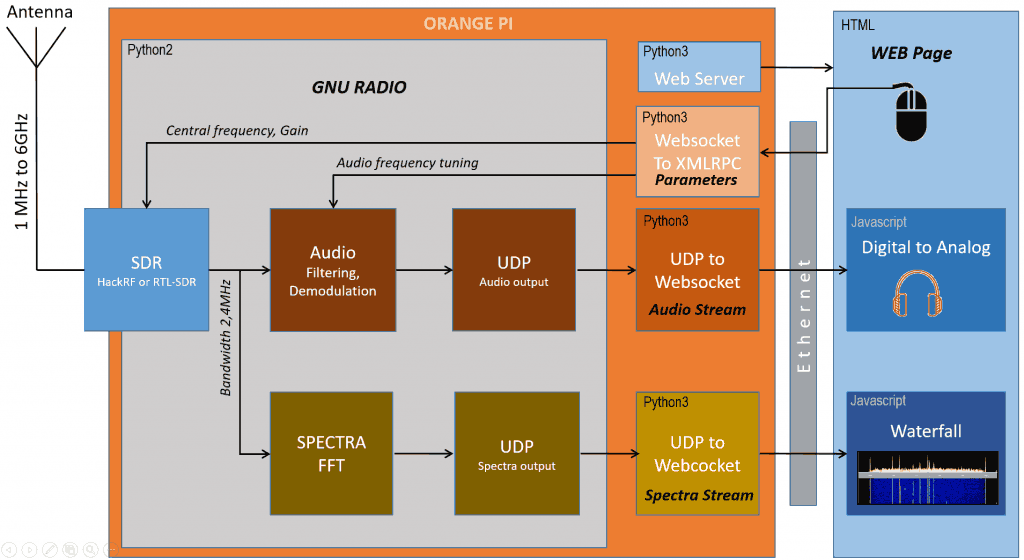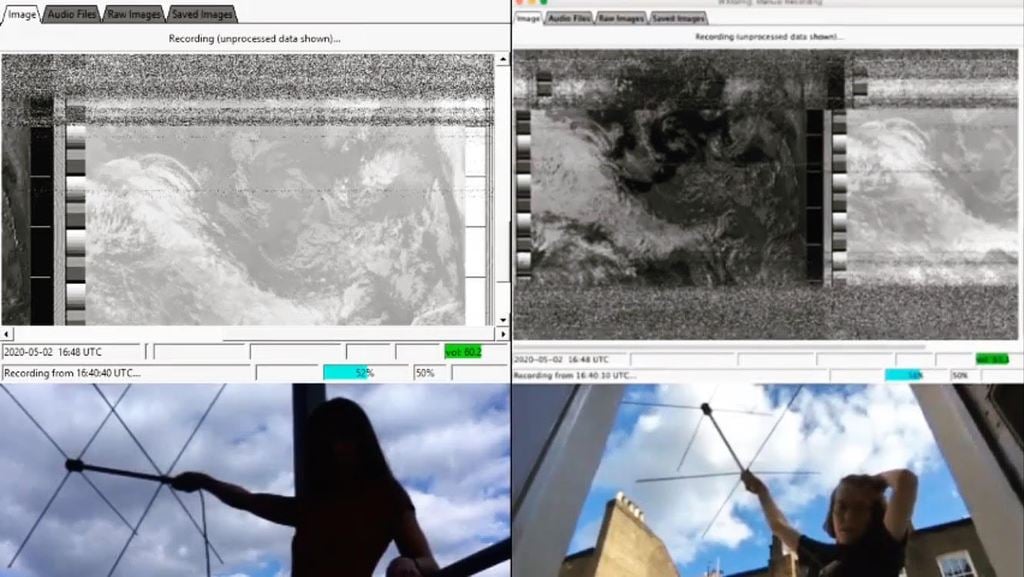NanoVNA V2 Now Readily Available for $60 + US Stock Available at R&L
The much awaited NanoVNA V2 is now readily available for around $60 + shipping from the Tindie store. Shipping is noted to begin on June 30th due to a public holiday and you must agree to possible pandemic delays, although feedback from earlier customers indicates that most countries appear to be receiving the packages in good time. You can also add a calibration kit for $10 extra, or a calibration kit and acrylic enclosure for $14 extra.
For US customers R&L Electronics have them in stock in "high end" for $59.95 and "low end" for $54.95 options. The high end option appears to have higher quality cables included. UPDATE: It has been brought to our attention that the stock at R&L is actually from a "clone" manufacturer and the clones do not support the original developer.
We note that the NanoVNA V2 is an open source project created by OwOComm, a research organization with a mission to further "intellectual communism". Therefore any factory is free to produce their own version from the designs, and hence several other versions have already been showing up on marketplaces like Aliexpress/eBay. However, for now it is probably safer to buy directly from the original manufacturers on the Tindie store. This is because according to the developer the quality of the "unofficial" clones that are showing up on Aliexpress and eBay is not yet known. The official version also supports the original developer and funds future software development.

A Vector Network Analyzer (VNA) is an extremely useful tool for radio hobbyists as it allows you to tune antennas, filters, and measure cable loss among other applications. Until recently a VNA would cost hundreds if not thousands of dollars. However, the original NanoVNA brought expensive VNA capabilities to the masses with its low $40 pricing. But the original design was limited to a maximum frequency of only 900 MHz. The new V2 design pushes this maximum frequency up to 3 GHz officially, and unofficially up to 4.4 GHz with reduced performance. It also improves on overall dynamic range and maintains the affordable price.




